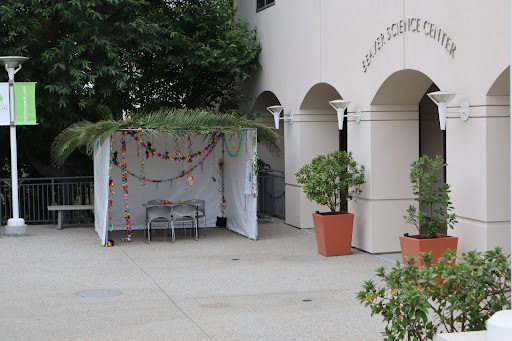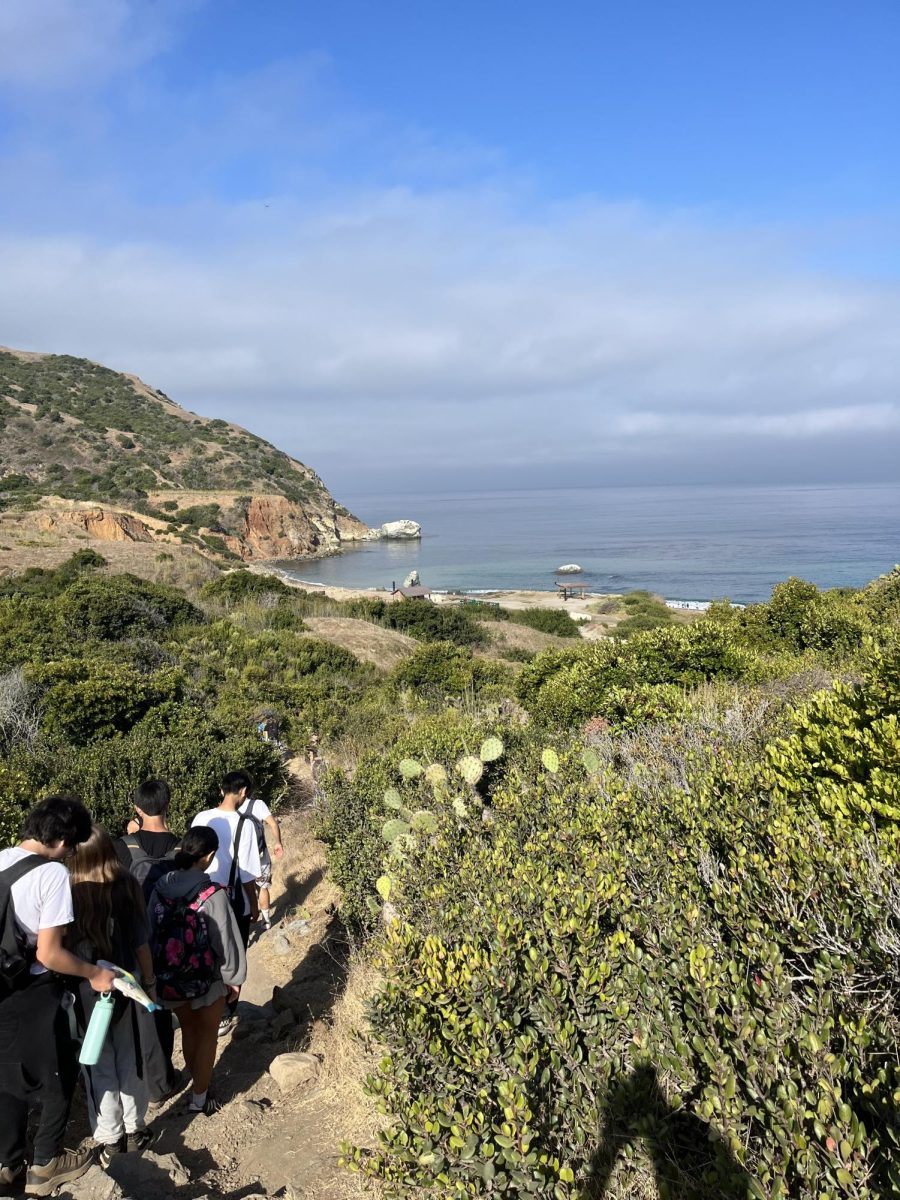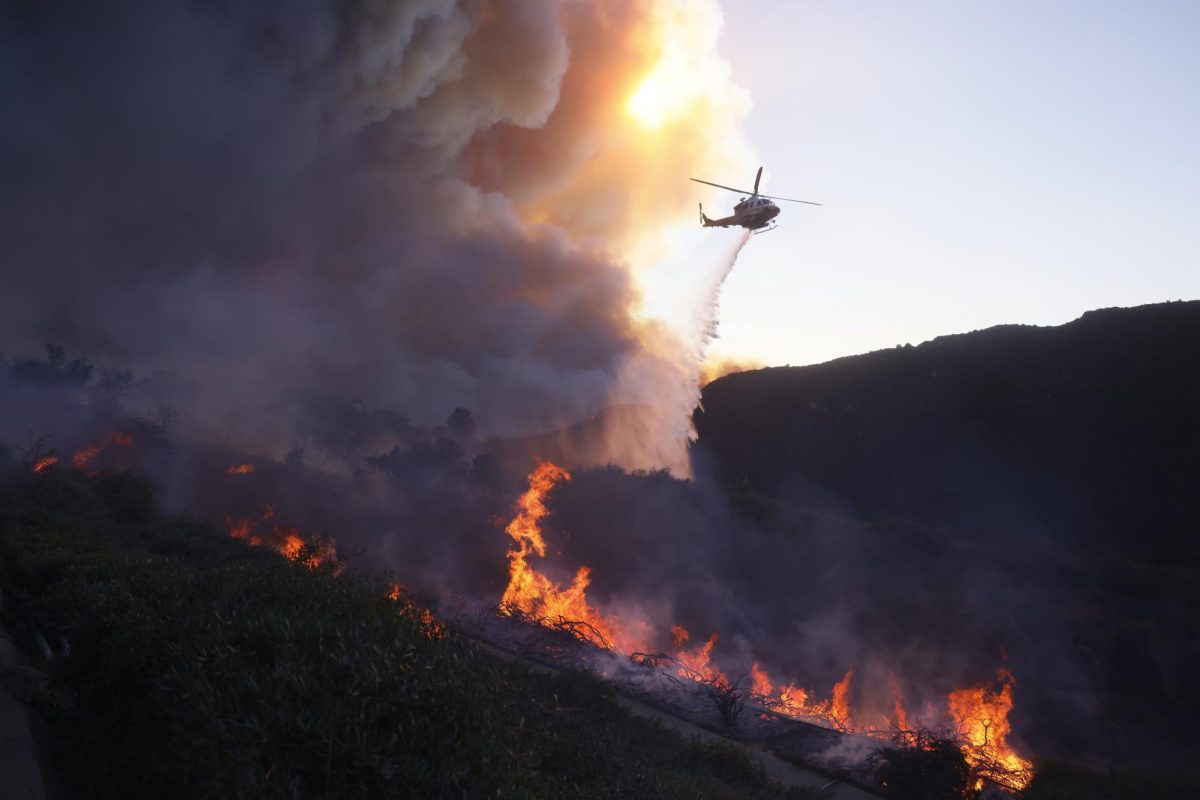Congress has prevented another government shutdown by reaching an agreement that Trump signed on Feb. 15 which keeps the government open through Sept. 30. However, it does not include full funding for Trump’s wall, resulting in Trump declaring a national emergency to build a border wall.
The last government shutdown took place over funding for Trump’s proposed southern border wall, lasting a record 35 days and resulting in about an $11 billion loss according to ABC News and 800,000 federal workers being furloughed or forced to work without pay. It also resulted in national parks being shut down. In Joshua Tree National Park, people came in to cut down trees and set up illegal campsite.
There has been one other shutdown during Trump’s presidency that lasted one day.
Government shutdowns occur when either when Congress fails to pass funding bills or the President vetoes or refuses to sign the funding bills. Congress must pass bills that fund government agencies and programs before Oct. 1 every year.
Currently, government shutdowns result in employees being furloughed and programs being stalled. Before 1980 and 1981, government shutdowns had no practical effect because agencies could keep operating assuming that funding would eventually be approved. Former United States attorney general, Benjamin R. Civiletti, issued two legal opinions in 1980 and 1981 stating it was illegal for the government to spend money without a proper funding bill.
Government shutdowns have been used as a weapon by Congress and the executive branch as leverage when legislating controversial issues such as abortion, health care, and immigration. However, they have been criticized for limiting the effectiveness of the government.
“We’ve got to get out of the habit of governing by crisis,” Mr. Obama said during his government shutdown.
The first government shutdown occurred in 1976 when President Gerald Ford vetoed a funding bill for the Department of Labor and the Department of Health, Education, and Welfare (which is now split into the Department of Education and the Department of Health and Human Services).
Three shutdowns over issues about abortion took place during Carter’s presidency, which was from 1977 to 1981. His fourth shutdown began because he vetoed a defense bill funding a nuclear-powered aircraft carrier and a public works bill he considered wasteful of resources. The fifth occurred because of Senate and House disagreements over abortion and a pay raise for congressional and senior civil servants.
During Reagan’s presidency, there were disagreements over the LGM-118 Peacekeeper (also called the MX missile for missile-experimental) program, civil rights, foreign aid and domestic spending that led to shutdowns. One shutdown occurred simply because Congress ran out of time to pass a bill.
One shutdown took place under President George H.W. Bush because he vetoed a bill that did not address the national debt with a deficit reduction plan. However, the shutdown began and ended over Columbus Day weekend, so it had little impact on government functions.
When President Bill Clinton vetoed a congressional bill that raised Medicare premiums and curtailed environmental regulations, a partial shutdown occurred. According to Thoughtco., this cost taxpayers approximately $800 million. The second shutdown during Clinton’s presidency happened because he and Congress disagreed over balancing the federal budget.
A government shutdown occurred under President Barack Obama over the Affordable Care Act, otherwise known as Obamacare, which says that everyone who does not get health insurance must pay a tax. It resulted in an estimated $24 billion in lost economic output and 850,000 workers being furloughed, according to journalistsresource.org.











